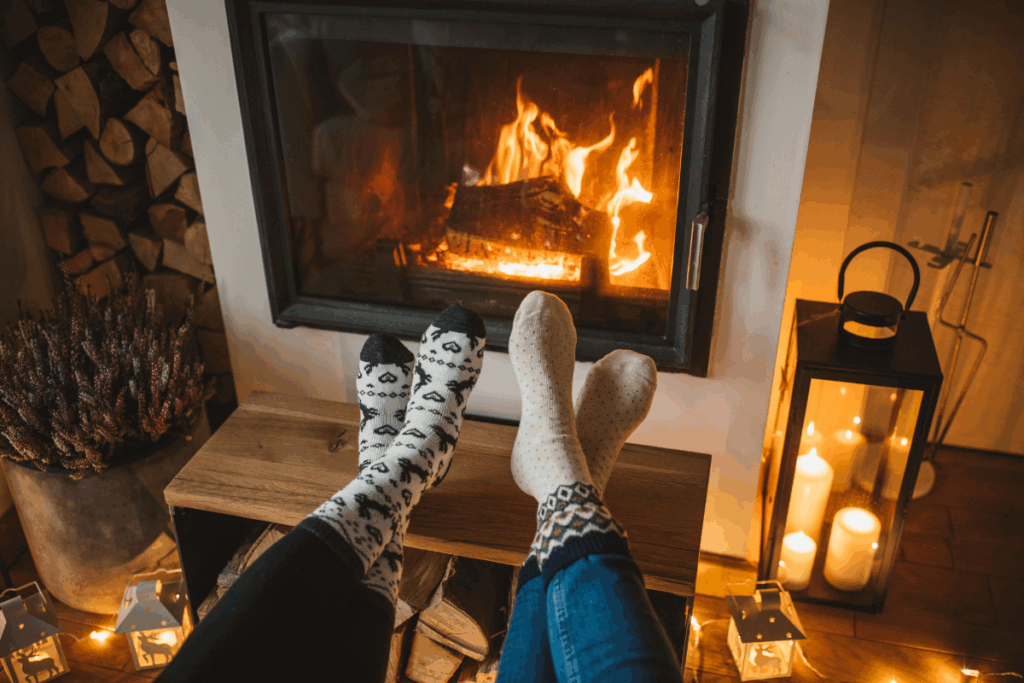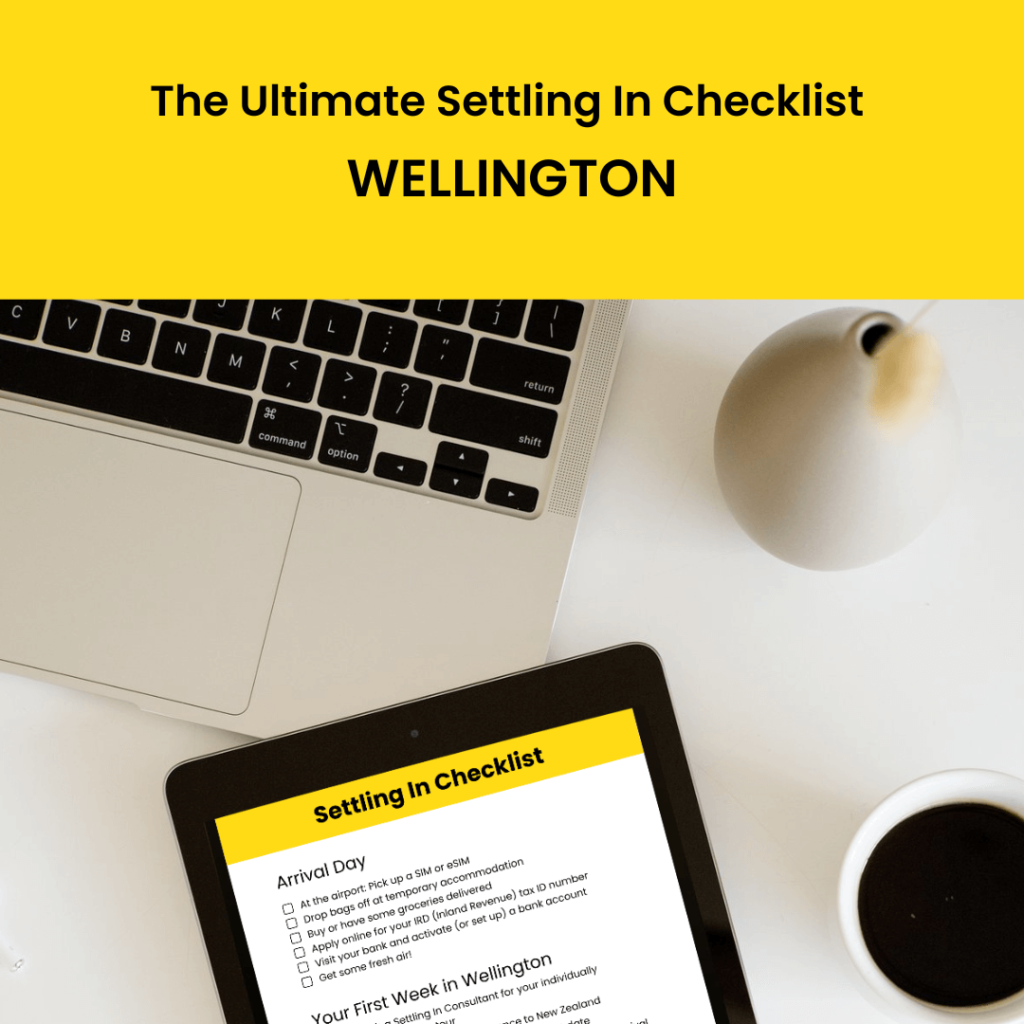6 min read
Winter in Wellington can be cold, damp, and difficult to heat, especially in older homes with poor insulation, single-glazed windows, and ventilation issues. Many houses struggle to maintain warmth, making it essential to choose the right energy-efficient heating solutions and moisture management strategies.
From July 2025, rental homes must meet Healthy Homes Standards, improving insulation and heating requirements. However, these standards only set minimums, and many properties still require additional heating methods to stay truly warm and dry.
Here’s how you can stay warm in Wellington while managing energy costs effectively.
Best Heating Options for Wellington Homes
Choosing the right indoor heating system depends on your home’s size, insulation, and electricity efficiency. Here are the most common types of home heating in New Zealand:
Wood Burning Fires
Wood burners are a traditional, cozy heating option that provide strong, lasting heat, making them ideal for larger spaces. They are cost-effective if you have access to firewood, but they require proper ventilation and regular maintenance.
Choosing the right firewood makes a difference:
- Pine – Best for kindling, as it burns fast and hot, helping to get the fire started quickly.
- Gum & Macrocarpa – Burn slowly and cleanly, generating long-lasting, high heat. Though they are more expensive than pine, they burn more efficiently, meaning you need less wood to maintain warmth.
Most people order their firewood in summer, when it is cheapest and more readily available. Having it delivered early ensures it’s properly seasoned before winter, making it burn cleaner and more efficiently.
Electric Heaters: Pros & Cons
Electric heaters are widely used in New Zealand rentals and private homes, but they vary in efficiency:
- Convector Heaters – Best for heating small rooms quickly.
- Ceramic Heaters – Ideal for personal warmth, energy-efficient.
- Panel Heaters – Wall-mounted, low-energy option for maintaining warmth.
- Oil Fin Heaters – Provides long-lasting heat, great for overnight use in bedrooms.
- Radiant Heaters – Direct heat source, good for workspaces or quick warmth.
⚠️ Safety Reminder: All heaters should be kept a safe distance from flammable objects, including curtains, bedding, clothing, and furniture. Never leave heaters unattended or covered, and always follow manufacturer guidelines for safe use.
Heat Pumps & Ducted Systems
Heat pumps are one of the most energy-efficient heating choices for New Zealand homes, providing cost-effective warmth:
- Heat Pumps – Fast heating for large spaces, lower power usage over time.
- Ducted Heat Pumps – Best for whole-home heating, distributes warmth evenly.
Managing Humidity in New Zealand Homes
Keeping your house warm and dry isn’t just about heating—it’s also about controlling humidity and condensation, which contribute to cold, damp conditions.
Condensation on Windows
If your home has single-glazed windows, you’ll notice they “cry” every morning, covered in condensation. This excess moisture can cause mould and cold air retention, making the home even harder to heat. Daily window cleaning is essential—many Wellington residents use window vacuum cleaners to efficiently remove condensation.
Best Dehumidifiers for Damp Homes
A dehumidifier can significantly improve indoor air quality, reducing excess moisture and helping heaters work more efficiently. Lower humidity levels mean warmer rooms without needing excessive heating.
How to Dry Clothes Without Adding Moisture Indoors
Indoor drying is one of the biggest contributors to excess dampness. To prevent this:
- Dry laundry outside when possible.
- Use a vented dryer that ducts moisture outside.
- Consider a heat pump dryer, which traps moisture and drains it away instead of releasing it into the air.
Ventilation for Bathrooms & Kitchens
Moisture from showers, baths, and cooking can build up quickly indoors. To manage this:
- Use extractor fans in bathrooms and kitchens to vent humidity outside.
- If extractor fans aren’t available, open a window to allow steam to escape.
- Avoid leaving boiling water on without ventilation, as it increases indoor moisture.
Reducing indoor humidity makes heating more effective and keeps your home warm without excessive power costs.
Additional Ways to Keep Warm in a Cold Wellington Home
Best ways to stay warm without increasing electricity bills:
Heavy Curtains
- Thick, lined curtains keep heat inside and block cold drafts from single-glazed windows.
- Close them at sunset to retain heat, especially in bedrooms and living areas.
Electric Blankets & Heated Mattress Toppers
- Pre-warm your bed before sleeping for efficient warmth without needing excessive room heating overnight.
- Safety Tip: Electric blankets should only be used to warm up the bed before getting in—never left on overnight, as they pose a fire hazard.
Hot Water Bottles (“Hotties”)
- A New Zealand winter essential! Many homes rely on hot water bottles for extra warmth without running the heater all night.
- Hot water bottle covers made from fleece or thick flannel are especially popular, helping to retain heat longer while making them extra cozy to hold.
- Only use hot tap water—never boiling water, as it can weaken the rubber and lead to leaks.
- A well-filled hottie can stay warm all night, making it ideal for beds, couches, or even keeping your feet warm while working at home.
Layer Up Indoors
- Many New Zealand homes feel colder inside than outside due to poor insulation. Wearing thermal layers, wool socks, and cozy slippers makes a big difference.
The Takeaway
Wellington winters can be cold and damp, but with smart heating choices, humidity control, and layering strategies, you can stay comfortable without skyrocketing electricity costs.
💡 Tip: If you’re renting, check that your home meets Healthy Homes Standards—and if you need extra warmth, invest in energy-efficient heating or apply moisture-reducing practices.


